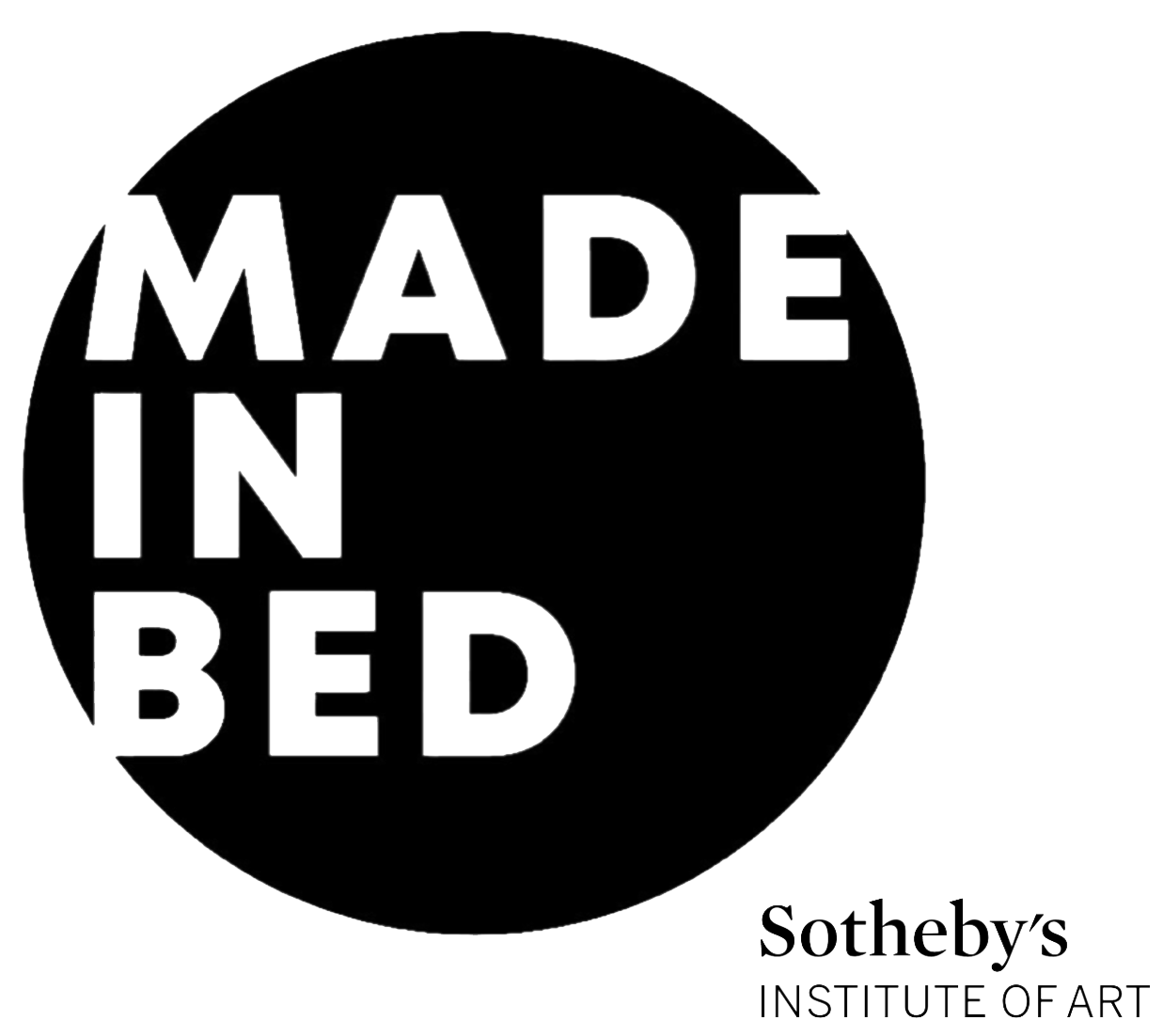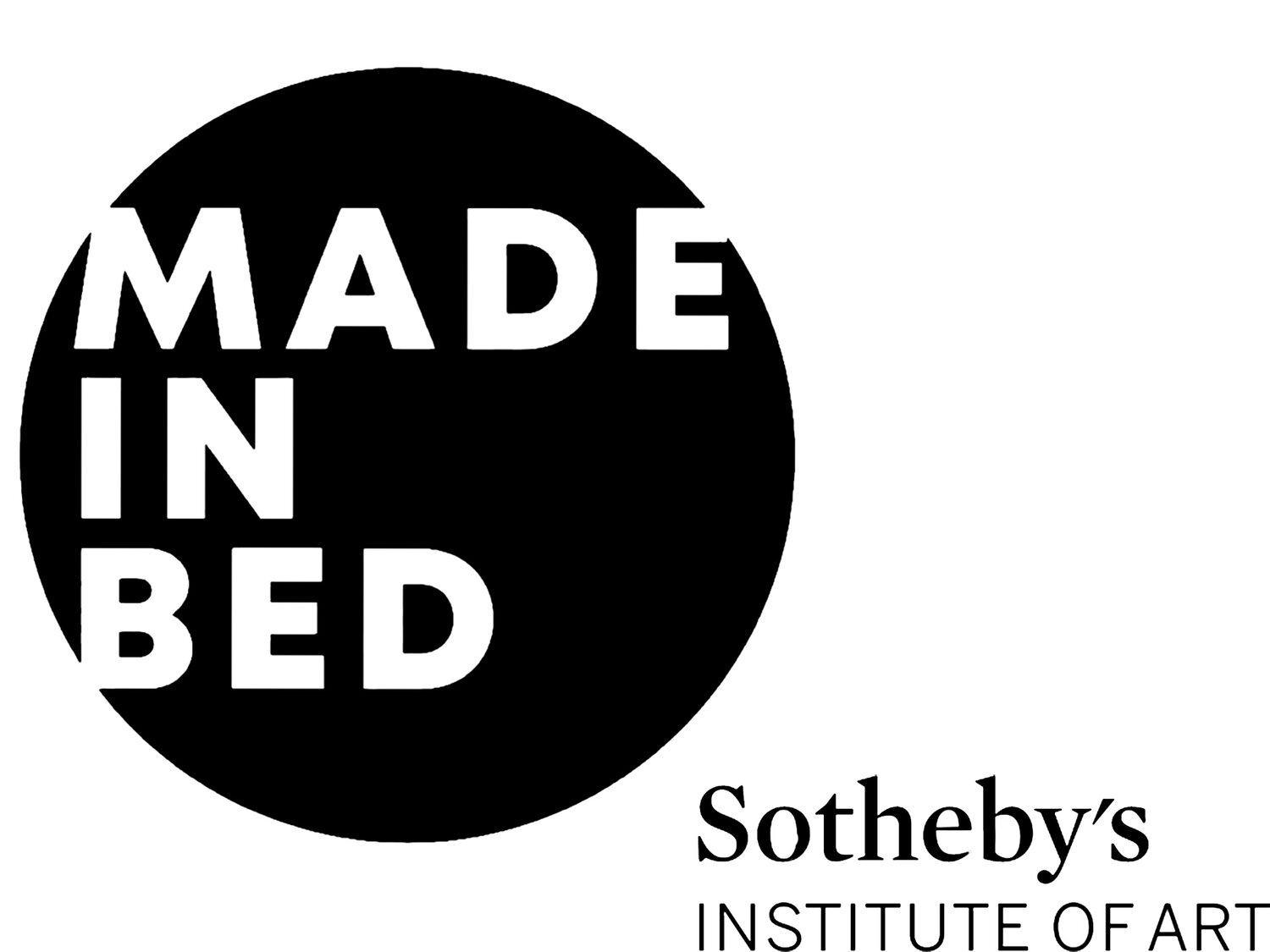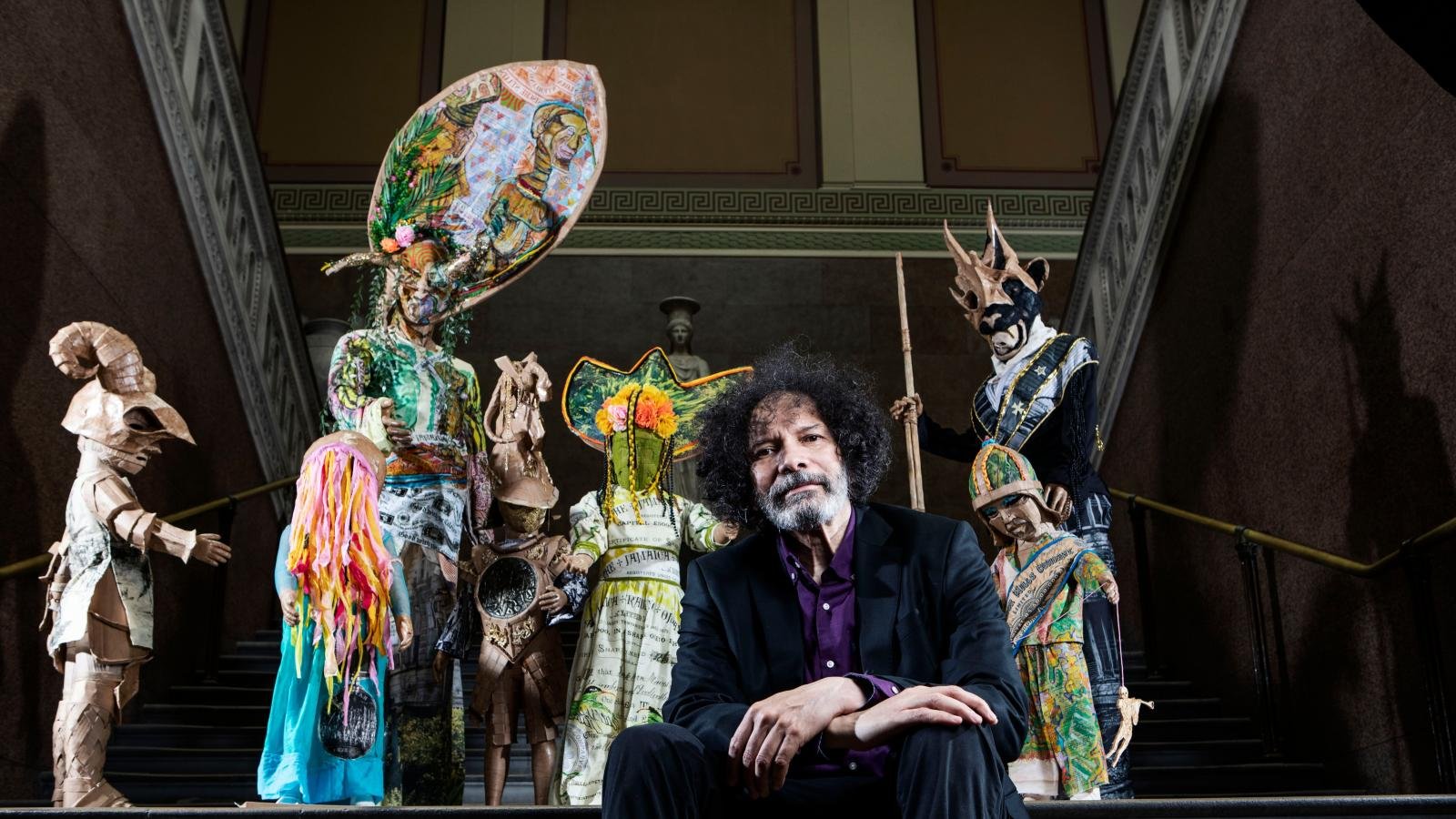Hew Locke: What Have We Here? @ The British Museum
Guyanese-British artist Hew Locke has collaborated with the British Museum, delving deep into their collection to expose British imperial power like never before. Carefully selected objects from Africa, Asia, and the Caribbean reveal untold truths, bringing a sense of clarity to the increasingly murky past of the British empire. Locke’s new multi-media work The Watchers (2024) stand guard over the objects, whilst previous works by the artist integrate seamlessly into the exhibition.
Hew Locke with his The Watchers, 2024, mixed media installation. Photo Courtesy: the artist, Richard Cannon.
At the heart of the British Museum lies a plethora of carefully curated evidence encouraging debate regarding the conviction of historical British figures and their detrimental actions. Storage shelves with plastic containers greet visitors, instantly bringing the idea of impermanence to the surface. After the initial entrance, a corner is turned, and a room filled with objects stretches out before you. Wooden shipping containers with glass fronts are used to house the wide array of items. A clever curatorial choice, the shipping containers may lead viewers to believe the contents are ready to leave—or have they just been delivered? This is the main topic of this exhibition—it is a debate, a discussion, regarding the histories of the British Empire and the objects that came to England as a result of colonialisation.
The exhibition starts with Locke’s words: ‘Which history we remember depends on what’s been made visible to you’—a statement that subtly jabs at the country’s current history education. Should children be taught about Charles II’s role in the transatlantic slave trade? Should schools educate us on Queen Victoria’s role in slavery too? Are we being taught a manipulated history? This exhibition does not provide answers, but provokes questions, thoughts, and debates.
Silver-gilt dish and gold pendant. Pendant made in Asante region, 1850–70; dish by R & S Garrard & Co, London, 1874. Photo Courtesy: British Museum.
Artworks by Locke are placed throughout the exhibition, providing contemporary representations of the subject. Locke’s new series Watchers are placed on top of the boxes, standing guard over the objects. His Wine Dark Sea, Boat BB, 2016, echoes slave transportation ships. The ghosts of the boats past shroud the vessel; unescapable whispers of the violence and hatred that this it harboured. His Souvenir 20 (Queen Victoria), 2024, shows the bust of Queen Victoria decorated by skulls, tropical foliage, and medals of imperial conflicts—she is being “weighed down by the burden of British history”.
Installation view, Hew Locke: ‘What Have We Here?’, 2024. Photo Courtesy: The British Museum.
Throughout the exhibition, Locke’s voice is a constant. Yellow commentary plaques are placed methodically within each display and small speakers hang from the ceilings projecting his voice: “Here are a series of facts…Make up your mind what you think”. The commentary plaques are the key to this exhibition’s success. The small yellow cards are constant reminders, jolting viewers back into reality and away from the common exhibition-goer’s practice of scanning labels and moving on. Locke ensures that visitors are aware of the objects meaning, and the significance of them being part of the British Museum’s collection. Locke asks viewers to take part in a conversation, but a conversation “where we face up to stuff properly”. He achieves this by exhibiting works such as an idealised print, which depicts an eighteenth-century African slave market as a calm, civilised scene. Locke makes sure to announce their inaccuracy. “These images are missing the noise, the shouting and the calls.” It is near impossible to glance at the objects and wander aimlessly through this exhibition. Locke’s simple, effective, and powerful statements ensure that the air is heavy with the pain of reality.
Hew Locke, Wine Dark Sea, Boat BB, 2016, mixed media. Photo Courtesy: Hew Locke & ArtImage.
Shakes of heads, whispers of shocked profanities, hushed and passionate conversations are the soundtrack throughout the viewing experience of this exhibition. At first glance, it may not appear to be visually shocking material, in fact, many of the objects are intensely ornate, but the combination of Locke’s words and his chosen objects creates a powerful concoction. His revelations make one rethink every seemingly innocent object or artwork seen in museums and historic houses. Subject matters often appear harmless: a seascape, a ship gliding across the waters, sails billowing out in the wind, is this not a beautiful painting? Locke reveals to us the horrific truth hidden behind the smooth brushstrokes and elegant colours—enabled by Charles II, this is a transportation boat for slaves. A shining platter of gold cannot help but draw the eye, yet in the centre sits a stolen Asante pendant, that has been “trapped” and “killed” by the British silver-gilt dish design that encircles it.
Working with the house of British colonialism, Locke has created an evidence room in its centre, reminding us that the British Museum is not the museum of romantic British discoveries, but the museum of consequential, violent British actions. Do not go to this exhibition to relax. Go there to think.
Hew Locke: What Have We Here? is on display at the British Museum until 9th February 2025.
Emilia Luders
Reviews Co-Editor, MADE IN BED





